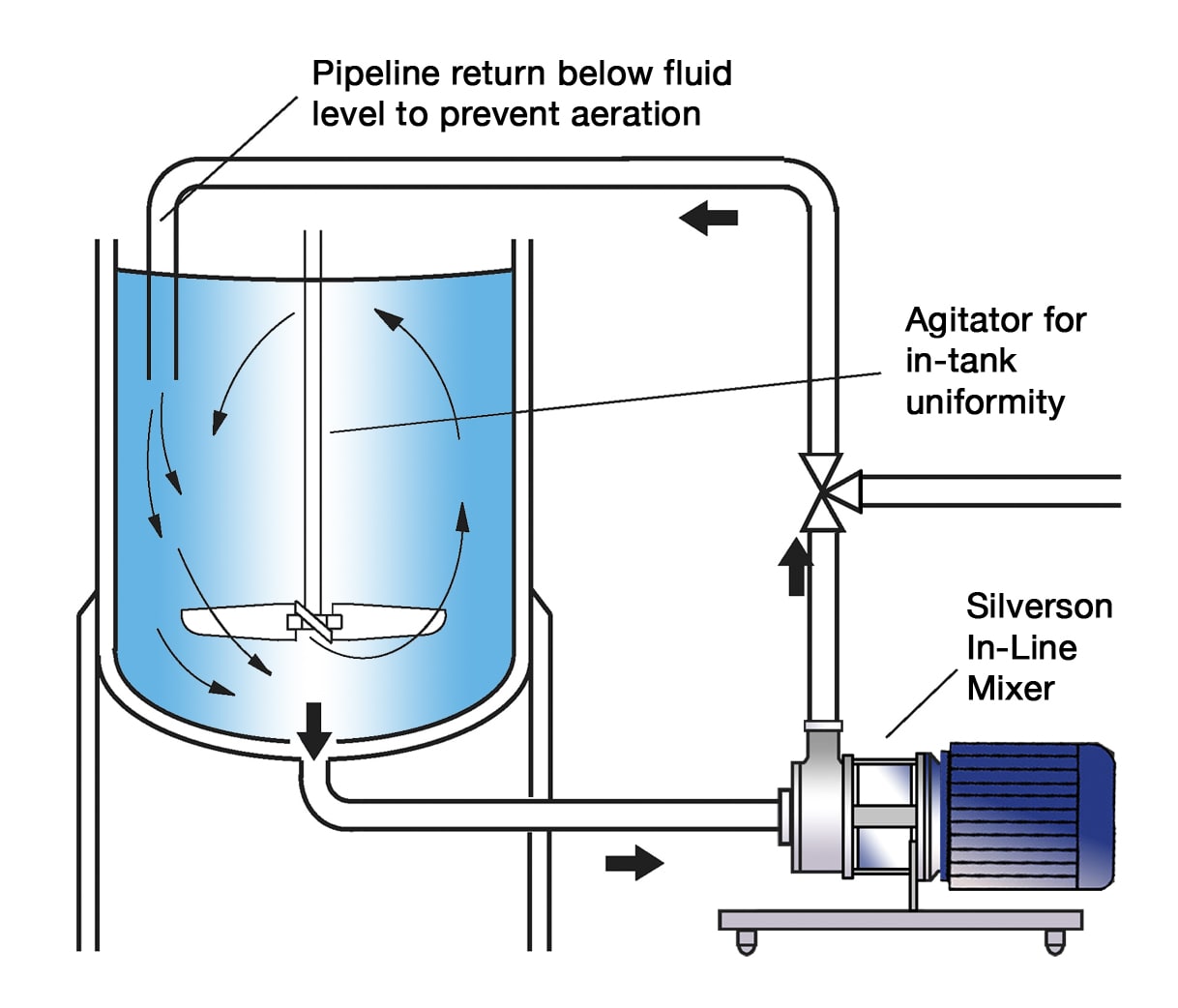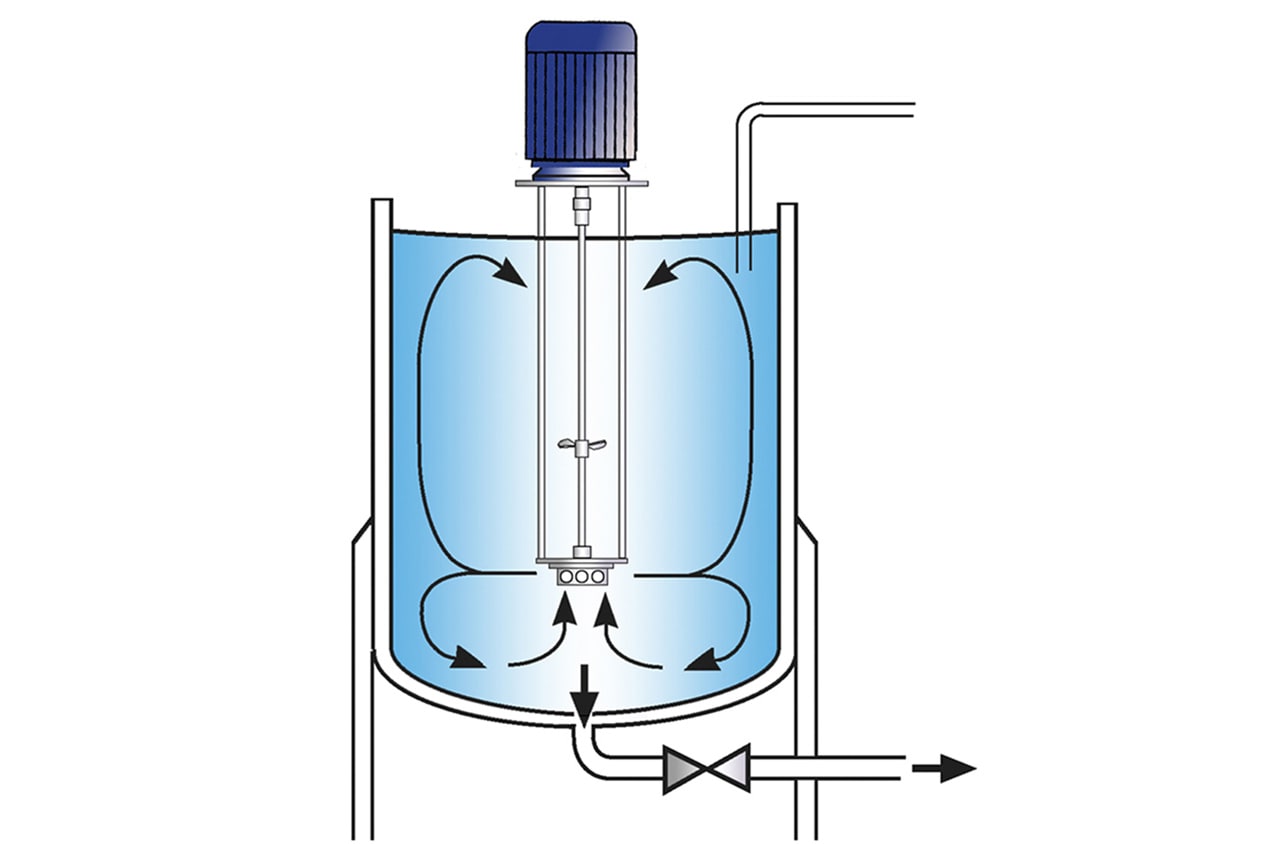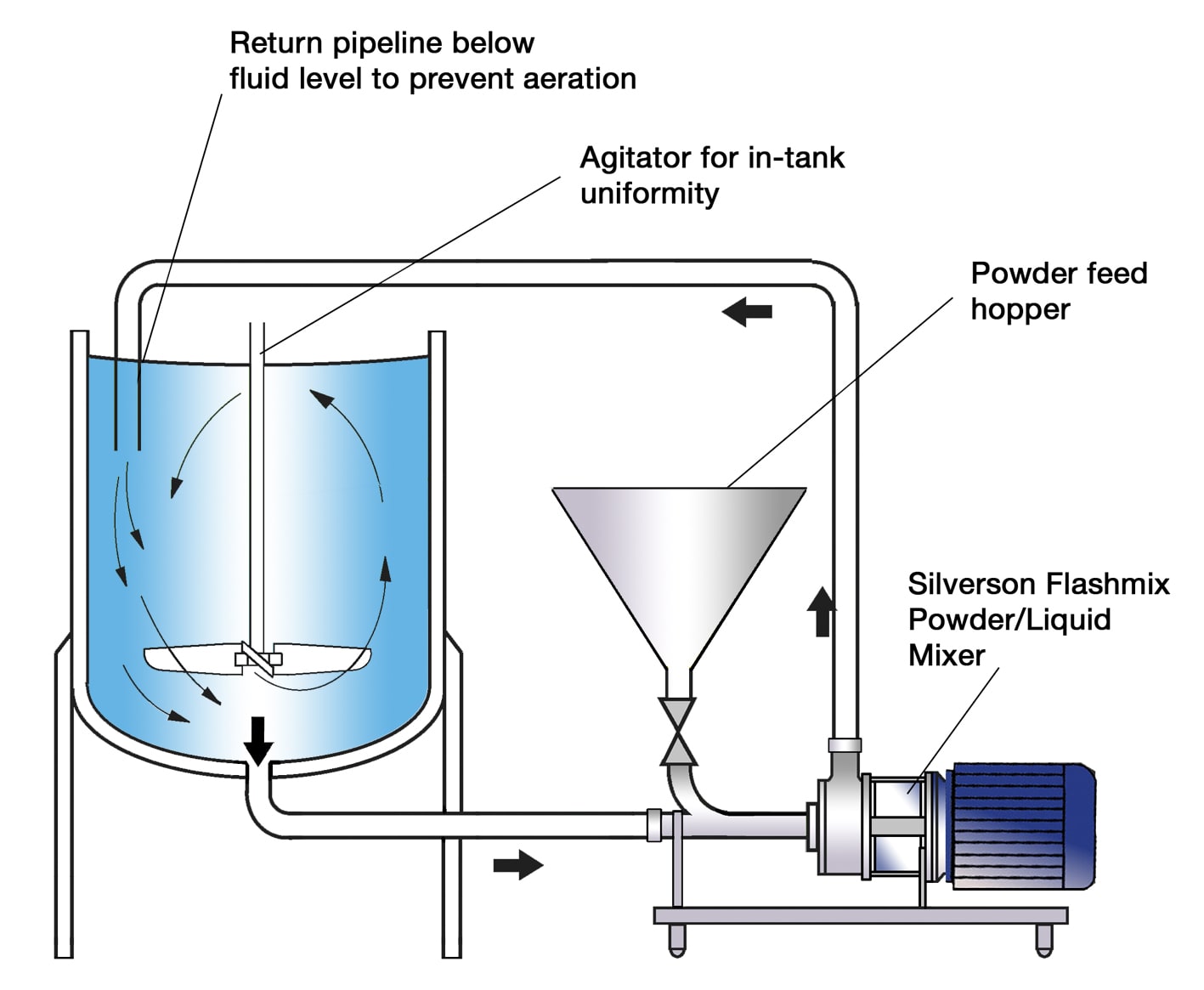Shampoo Manufacturing Process
Shampoos are a mixture of surfactants, conditioning agents and many other ingredients in an aqueous base. In addition to basic shampoos which simply clean the hair, there are products designed for specific hair types; “2-in-1” shampoos and conditioners; products which offer properties such as treatment of dandruff; UV protection; some degree of colouring (although most hair colourants are based on conditioners rather than shampoos); and “medicated” products.
The video below shows how to dilute High Active Surfactants, a key ingredient in shampoos:
The Process
A typical manufacturing process would be as follows:
- Water is metered into the process vessel. This is often heated to around 55-60℃ (130-140℉) to aid dilution/hydration of other ingredients.
- The first ingredient added is normally the surfactant, as other additives, particularly those which affect viscosity, can make dilution of the surfactant more difficult.
- Conditioners and other ingredients are added.
- pH is adjusted to the required level.
- Sodium chloride or other viscosity modifiers are added last, along with colour and fragrance.
Formulations vary widely, however, the range of ingredients used can be summarised in the following table:
Ingredient Type |
Typical % |
Function |
|---|---|---|
| Water | 50 - 60 | Deionized water is used to ensure bacterial degradation is minimised. |
| Surfactants | Depending on concentration | The main cleaning agent, surfactants also produce the foam, act as emulsifiers and wetting agents, and can contribute to viscosity. Some have conditioning properties. Many surfactants are available in several forms: at a concentration of around 25-30%, or in “high active form” (around 70% concentration). A mixture of products is normally used to obtain the desired balance of properties. |
| Conditioners | 5 - 12 | Traditionally fatty oils, alcohols, and waxes (e.g., lanolin derivatives) were added to shampoos. Increasingly proteins or silicones are used. These contribute a variety of effects, for example, proteins can moisturise dry hair and increase the strength and volume of the hair; Silicones can reduce surfactant irritation, increase the density and stability of the foam, and improve “combability.” |
| Viscosity Modifiers | 1 - 3 | The traditional thickening agent, Sodium chloride (common salt), is still widely used, although it is less effective with some additives and surfactant systems. This has led to increasing use of various carbomers, cellulose polymers, compounds of gums (e.g., guar), and polyethylene glycol (PEG) based thickeners. |
| pH Adjuster | 1 - 3 | The pH is adjusted to between 5 - 6 by the addition of citric acid. Additives are sometimes used to give a pearl effect to the product. This is often simply used to improve the appearance of products which cannot be made clear due to some ingredients. The colouring, fragrance, and preservative are added to complete the formulation. |
| Preservative | < 1 | |
| Colouring | < 1 | |
| Fragrance | < 1 |
The Problem
A number of problems can be encountered when using conventional agitators:
- Aeration must be avoided, as this can lead to clouding of clear shampoos, and problems where packaging is filled by volume rather than weight.
- “High Active” products require special handling, see Application report Dilution of High Active Surfactants.
- Silicones are immiscible with water and can be chemically incompatible with some surfactants, making them very difficult to emulsify or suspend.
- Agitators do not produce sufficient shear to reduce silicones to the finest possible droplet size and obtain a stable emulsion/suspension. They will tend to vortex, increasing aeration.
- Many ingredients have a much higher viscosity than water. When blending these with an agitator, the higher viscosity material can form globules which are simply washed around without being diluted/dispersed.
- Thickening agents such as carbomers, and cellulose or gum-based products may require high shear mixing to be “activated.”
- The addition of sodium chloride becomes increasingly difficult as the viscosity rises.
- Vigorous agitation is required to overcome these problems, however, with conventional agitators this can lead to aeration.
The Solution
These problems can be overcome by the use of a Silverson High Shear mixer, typically an In-Line mixer added to the existing process. Batch mixers and the Silverson Flashmix powder/liquid mixing system can also be used. Operation is as follows:
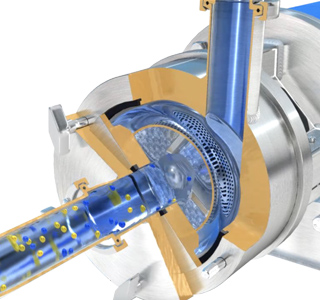
Stage 1
The vessel is charged with water. The in-tank agitator and In-Line mixer are started, and the surfactant and other ingredients are added in the order specified. The powerful suction created by the In-Line mixer draws the materials through the pipeline into the rotor/stator workhead.
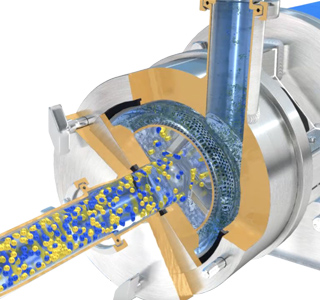
Stage 2
Centrifugal force drives the material to the periphery of the workhead where they are subjected to intense high shear in the gap between the rotor and stator.
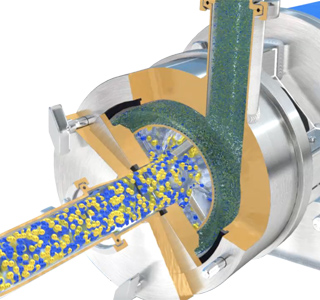
Stage 3
The product is forced out through the stator and recirculated back to the process vessel as fresh material is drawn into the workhead.
-
Stage 1

Stage 1
The vessel is charged with water. The in-tank agitator and In-Line mixer are started, and the surfactant and other ingredients are added in the order specified. The powerful suction created by the In-Line mixer draws the materials through the pipeline into the rotor/stator workhead.
-
Stage 2

Stage 2
Centrifugal force drives the material to the periphery of the workhead where they are subjected to intense high shear in the gap between the rotor and stator.
-
Stage 3

Stage 3
The product is forced out through the stator and recirculated back to the process vessel as fresh material is drawn into the workhead.
The Advantages
- The high shear mixing action of a Silverson can rapidly blend liquids of widely differing viscosities.
- The In-Line mixer, pipework and vessel form a closed system, eliminating aeration.
- Dramatic reduction in mixing times.
- Significantly better yield of thickening agents than can be achieved by traditional methods.
- Consistent product quality and repeatability.
The following Silverson machines are used for this application, the suitability of which is dictated by factors including batch size, formulation and viscosity of the end product.
High Shear In-Line Mixers
- Can be used for recirculation or continuous blending
- Ideal for larger batches
- Easily retro-fitted to existing process
- Aeration-free
- Self-pumping
- Ingredients can be added via a manifold for automated processes
- Can be used to discharge vessel
- Multistage units available
- Ultra Hygienic units available
High Shear Batch Mixers
- Suitable for batch sizes up to 1000 litres
- Can be used on mobile floor stands
- Sealed units available for pressure/vacuum operation
- Small units available R&D and pilot production
Silverson Flashmix
- Ideal for larger batches
- Viscous liquids and gels can be fed into the system via the hopper
- They can also be pumped directly into the fluid stream via a manifold
- Minimised aeration
- Minimised cleaning requirements
- Minimum operator input required
- Suitable for higher viscosity mixes
- Suitable for operation at higher temperatures
